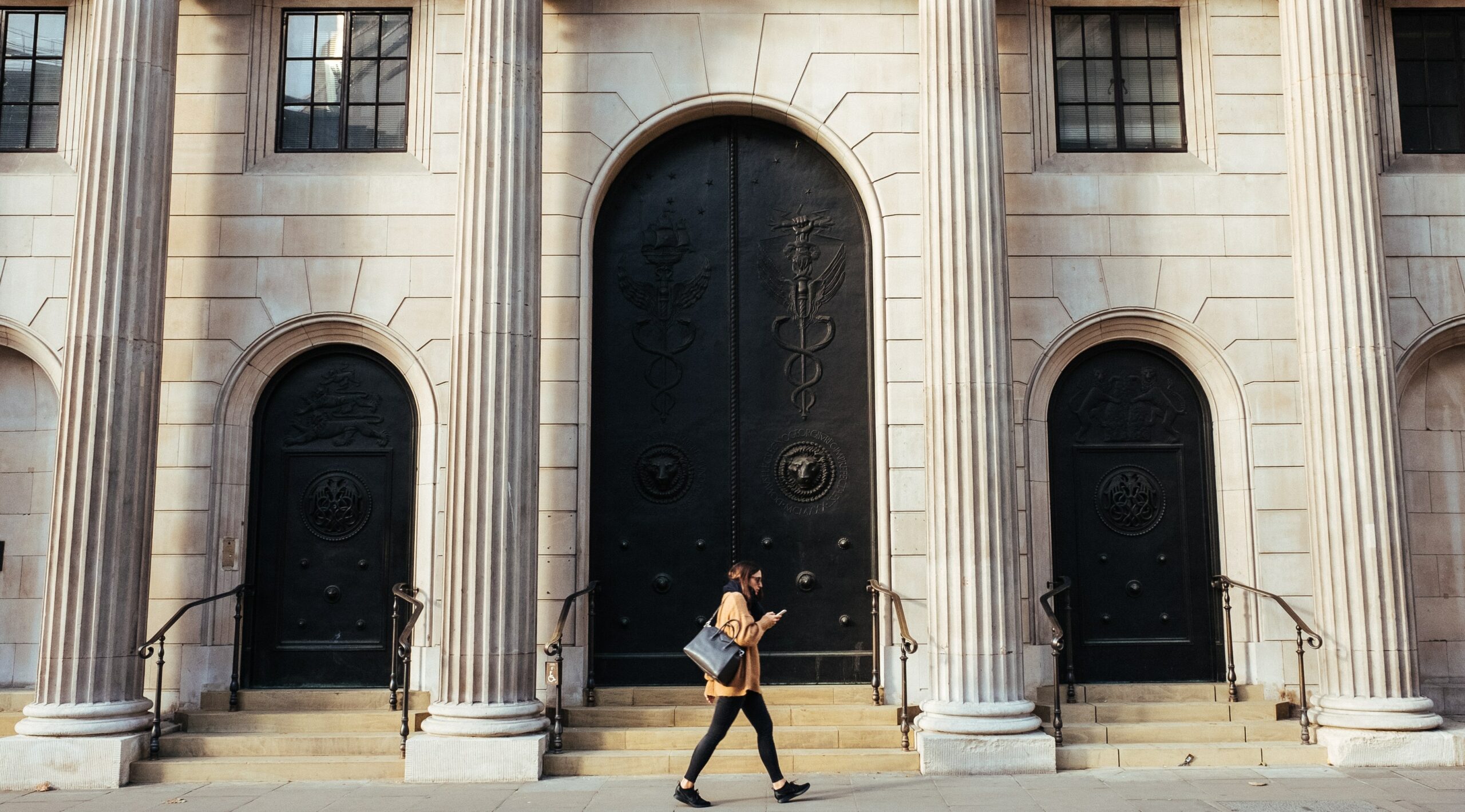
William Bourne argues central banks are “nothing like as independent as we are led to believe”.
We like to think of central banks as being independent. It is a solution to the problem of not wanting to give control of monetary levers to politicians. Gordon Brown famously released the Bank of England in his first budget in May 1997. Andy Haldane, a member of the Bank’s monetary policy committee, estimated in a recent speech that 80-90% of central banks considered themselves independent.
Independence may be enshrined in the constitution: for example, Article 123 of the Treaty of the Functioning of the EU prohibits monetary financing, giving central banks some protection against politicians.
A 2016 ranking on the basis of legal protections put some (but not all) European countries such as Germany, France and Finland at the top with a 0.86 ranking, and Australia at the bottom with 0.25. The Bank of England was second quartile at 0.7, the Federal Reserve third at 0.48.
Authority and reputation
Real independence comes more from the central bank’s authority and reputation. Any constitution or law enshrining independence can be repealed but the effect of even an announcement to that effect would devastate market confidence. In that sense, there is undoubtedly a strong connection to broader political and social considerations. The Bundesbank is the prime example here.
Nor is the concept of independence black and white. Brown gave the Bank of England freedom to set interest rates, but central banks are given objectives and remits and their boards appointed largely by politicians. When central banks print money on the scale they have over the past ten years, and particularly the last 12 months, it is clearly a political act done in conjunction with government policy.
Central banks have three main functions: to maintain a stable financial system; to manage the exchange rate; and to fight inflation (or deflation). The first two have always been intertwined with government activities because of their immediate impact on people. Examples are the shifts in monetary policy on Black Monday in 1992, during the peak of the Global Financial Crisis in October 2008 or, more recently, in March 2020.
A broader fig-leaf of independence has perhaps covered the inflation-fighting and interest rate setting role. I am of the view that interest rates are in fact a function of market supply and demand, but others may believe that central banks do have some power and influence in this area and use it to fight inflation.
Fall guys
My point so far is that central banks are nothing like as independent as we are led to believe. The events of 2020 have certainly brought this into focus.
Current low bond yields can be considered a form of financial repression in that savers of all kinds who wish to borrow from governments do not get rewarded for the risk they take. In the case of negative interest rates, a government’s promise is supposedly worth more than cash under the bed.
However, low rates very nicely suit governments with large deficits to finance and they find ways of achieving that while allowing central banks a fig-leaf of independence.
Looking ahead, however, it is inevitable that at some point rates rise and governments will find it more expensive to refinance their debts. The chancellor has already hinted at the problems this will bring.
If financial instability or inflation hits, governments may find that central bank governors will make very convenient fall-guys. It will be an easy line to say that they have failed in their remits and independence has been a failure. As I have outlined, the truth will, of course, be different: central banks never had much independence and governments are fully involved, if not primarily responsible, for the failure.
Acid test
Does this matter to investors? It is quite clear that when we reach the end of the QE road there will be an unpleasant reckoning. It may come from inflation taking off, an inability to refinance if bond yields rise sharply or simply a good old-fashioned sterling crisis. At times of emergency even the semblance of central bank authority which ‘independence’ gives provides another weapon for authorities to use.
And central banks do have powers which they can use to close down activities temporarily, even the whole banking system if needed.
Ultimately, though, markets will call the shots, and governments or central banks can only put temporary stays on that impetus. That was quite apparent in the Global Financial Crisis when interest rates were driven down from 5% to nearly zero. In my view it will be true in the future whether central banks have nominal independence or not.
The question will be whether central banks have the clout to prevent governments taking damaging measures in a crisis. For example, would a future government be able to reimpose currency controls or could the Bank of England prevent them? That, for me, will be the acid test of independence.
William Bourne is principal of Linchpin Advisory Limited and has roles with five LGPS funds.
FREE monthly newsletters
Subscribe to Room151 Newsletters
Room151 Linkedin Community
Join here
Monthly Online Treasury Briefing
Sign up here with a .gov.uk email address
Room151 Webinars
Visit the Room151 channel














